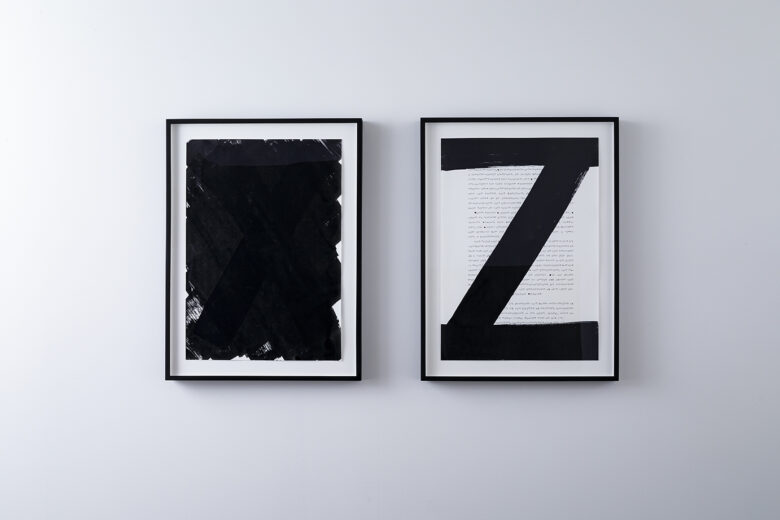ROOM 08 RYAN GANDER

- Tabe of Contents
"Pre-everything; Stabs at academia with painters tools”

Ryan Gander is known as one of the leading artists of new generation conceptual art and an internationally active artist who has participated in numerous exhibitions worldwide, including large art festivals such as the 54th Venice Biennale in 2011 and Documenta13 in 2012. His solo exhibition ‘The Markers of Our Time’ at the Tokyo Opera City Art Gallery in 2022 received great acclaim and is still fresh in the audience’s memory. His works are also part of a permanent collection of the National Museum of Art, Osaka, and the 21st Century Museum of Art, Kanazawa, Ishikawa, which offers the art lovers copious opportunities to see Gander’s works at collection exhibitions at these museums in Japan.
Gander uses artworks that already exist and events encountered in daily life as his material, which take various forms of expression that are ‘out of the box’ including objects, installations, painting, photography, and videography, extending to publishing and curation. Gander is distinctive because he prioritizes thought put into the artwork and his methods are unique and insightful; surprising combinations, fictional settings, concealment of partial information, introducing humor, and guidance to the past and future. The background of his work lies in his intellectual thoughts around observations of art in general, insights on the act of seeing, and analysis of daily experience. His works can be described as an “apparatus of understanding the world” by stimulating the audience’s imagination, creating a new train of thought, and expanding the perception of events.
Gander views the arrangement of variously shaped stones as noise from 50 thousand years ago—the beginning of language, making up the foundation of vowels. The black lines drawn with brush and ink on each page are signs by Gander indicating annotations to the novel. Calvino was hailed as a magician of letters, and in If on a winter’s night a traveler, he deploys metafictional methods: the same opening lines appear repeatedly, and as the reader progresses through the book the presence of a translator emerges, creating a counterfeit work in the background.
Gander preserves elements such as the frustration of trying to read but failing and the presence of a figure who continuously creates a counterfeit, but transforms the novel into a work of his own through these unique methods. Through repetition of this work of transformation, the drawing’s shape is greatly changed from its original state, indicating the possibility for new creations to be born when such modifications are accepted.

